
A Winning Entry: From Product Concept Design through to 3D Visualisation
SCAD student Anna Lim, shares details of her winning Rookie Awards entry in the Product Design category.

SCAD student Anna Lim, shares details of her winning Rookie Awards entry in the Product Design category.
For Anna Lim, Industrial Designer and current SCAD student, the journey of bringing an idea to life is unparalleled. As a designer, Anna focuses on guiding the trajectory of a product from a place of empathy and curiosity. She explores the intersection of inclusive design, systems thinking, and narrative.
This year Anna was the winner of the Product Design Category of the Rookie Awards 2022. In this article she shares details about her entry, and gives other artists looking to enter next year's awards, a few hot tips!

Your twenties is supposed to be a time in life when you are limitless. You get to explore, crash and burn, reach for the stars, learn you’re maybe not so invincible, but that’s not the case when you have pain nailing you to your bed every day.
I didn’t realise living with chronic conditions is a reality for many young adults until I started meeting others my age facing that reality. In fact, the majority of the U.S. lives with chronic health issues, and it’s only getting worse. Kromatophor was one of the ideas that stemmed from these encounters.
Chronic conditions are extensive, diverse, and savage. While each individual faces a unique and complex challenge, most will experience one irritating giant: invisibility. Without a visual indication of crippling challenges, these individuals are often treated with too much or too little care. Those around them often don’t know how to help, don’t believe the individual, or simply don’t notice.
Each individual with chronic illness will respond differently, from openly embracing to hiding, to outright ignoring their circumstances. It makes for a messy challenge: the key being communication.

We often want people to know what we are thinking or how we are feeling without direct communication. Kromatophor offers a way to facilitate more effective interactions in sensitive situations. Initially, I was inspired by the idea of using colour to communicate.
Cephalopods are one of an assortment of animals that uses colour to communicate to its environment. They do this through the contraction of pigmented cells known as chromatophores. By using colour to represent physical and emotional states, Kromatophor allows others to understand how an individual is feeling. This nonverbal communication acts as an extension of body language, helping a support network recognise a person’s receptiveness to certain interactions, their engagement tolerance, their need or willingness for assistance, and their availability to help others.
Kromatophor helps us better gauge another’s state while also encouraging more constructive interactions and conversations. This concept is intended to be used in a closed setting where the community is already aware of the challenges an individual faces. While more pertinent to those experiencing daily invisible battles within physical and mental health, Kromatophor has the potential to extend to most spheres.
Professor Rafael Corazza, who has influenced my design style, encouraged me to enter some of my work in various design competitions including the Rookie Awards.
I chose Kromatophor over other projects because I was the most passionate about it at the time. I get tired of my work after a while. This one’s still fresh!
This was my first time entering the Rookie Awards and I congratulate my fellow entrants for taking that step to put their work out there.
I found it helpful to look at past submissions. There’s usually a pattern to ones that stand out: talk less, show more.
The last thing I would say to future entrants is, whether you win or not, it’s enough that you tried and are still trying to learn and grow in your craft. The important thing is to enjoy the journey and celebrate each step. Pick something you’re excited about and put it out there!
When I first started the project, I used stereotypical colours to represent emotions, and one of the main questions I got was "how do other people know what each colour signifies?” To answer this, I decided to run a sensory cue workshop where I had participants share their most used emojis, what emotion each emoji embodies, and a colour they associate with that emotion. I then looked for patterns in the responses and created a spectrum based on the colours represented.
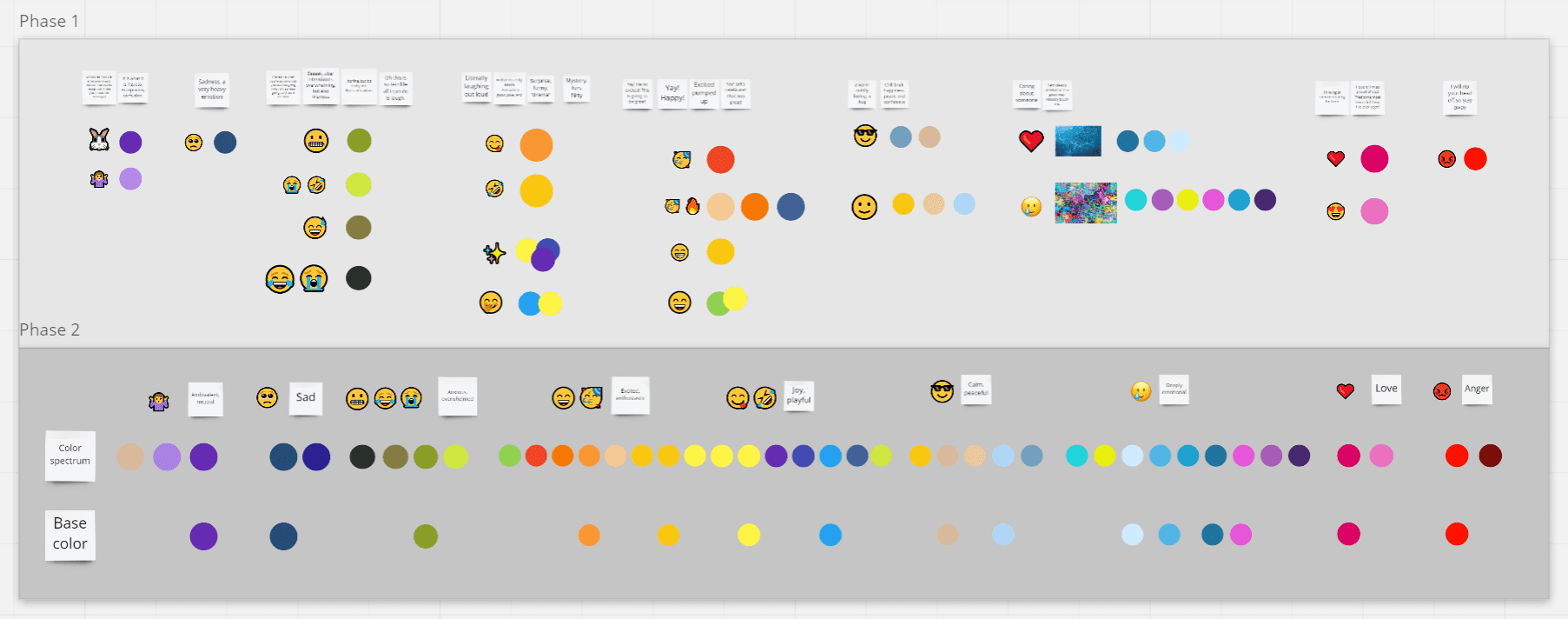
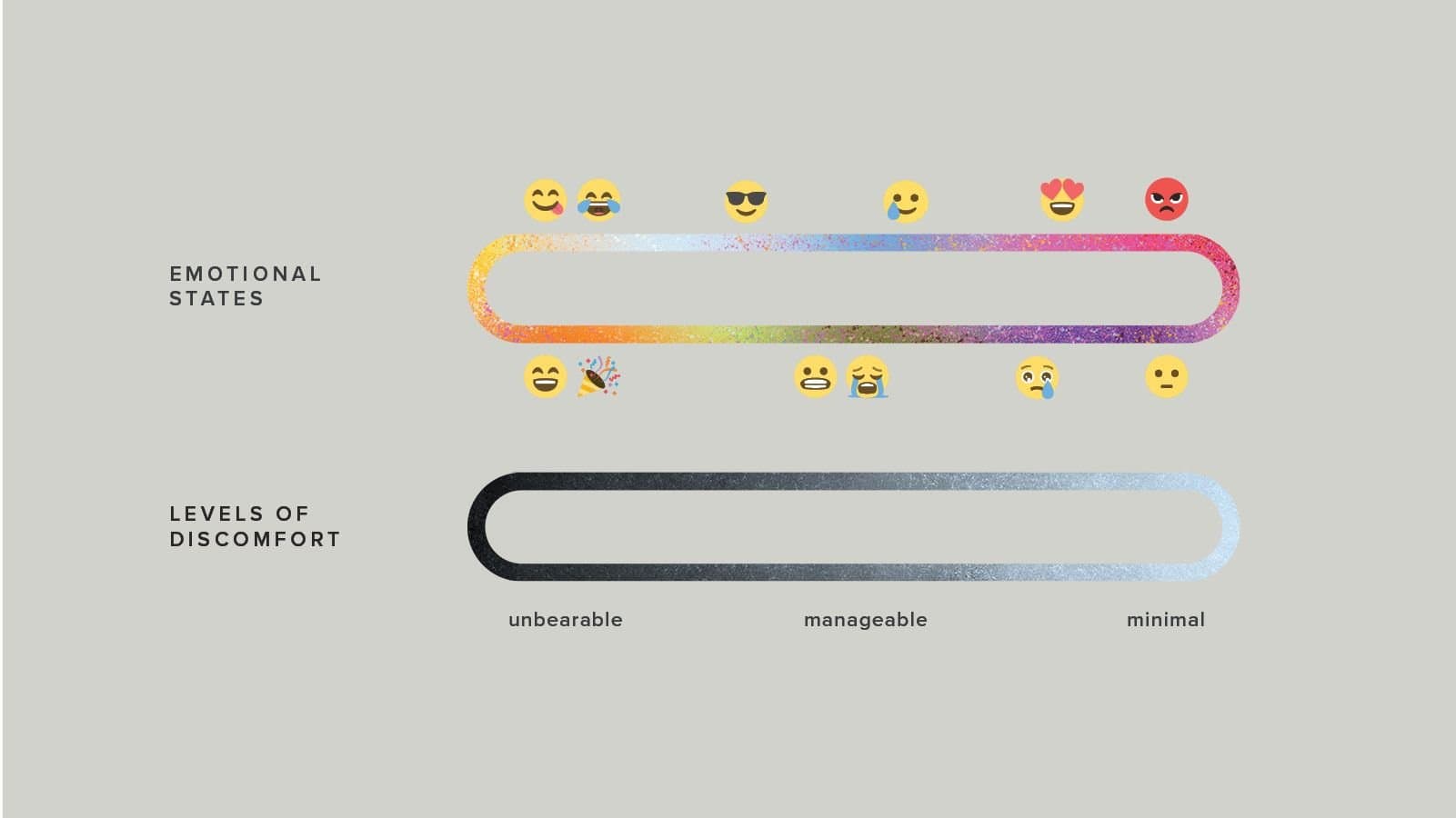
In developing the form, I had participants share what they valued and looked for in wearables. With their input, I crafted a design language around subtlety, versatility, and seamlessness. While the overall form is simple, the coloured portion is textured with slightly sculpted surfacing around the opening. I would like to keep exploring the form as it doesn’t feel fully fleshed out yet.
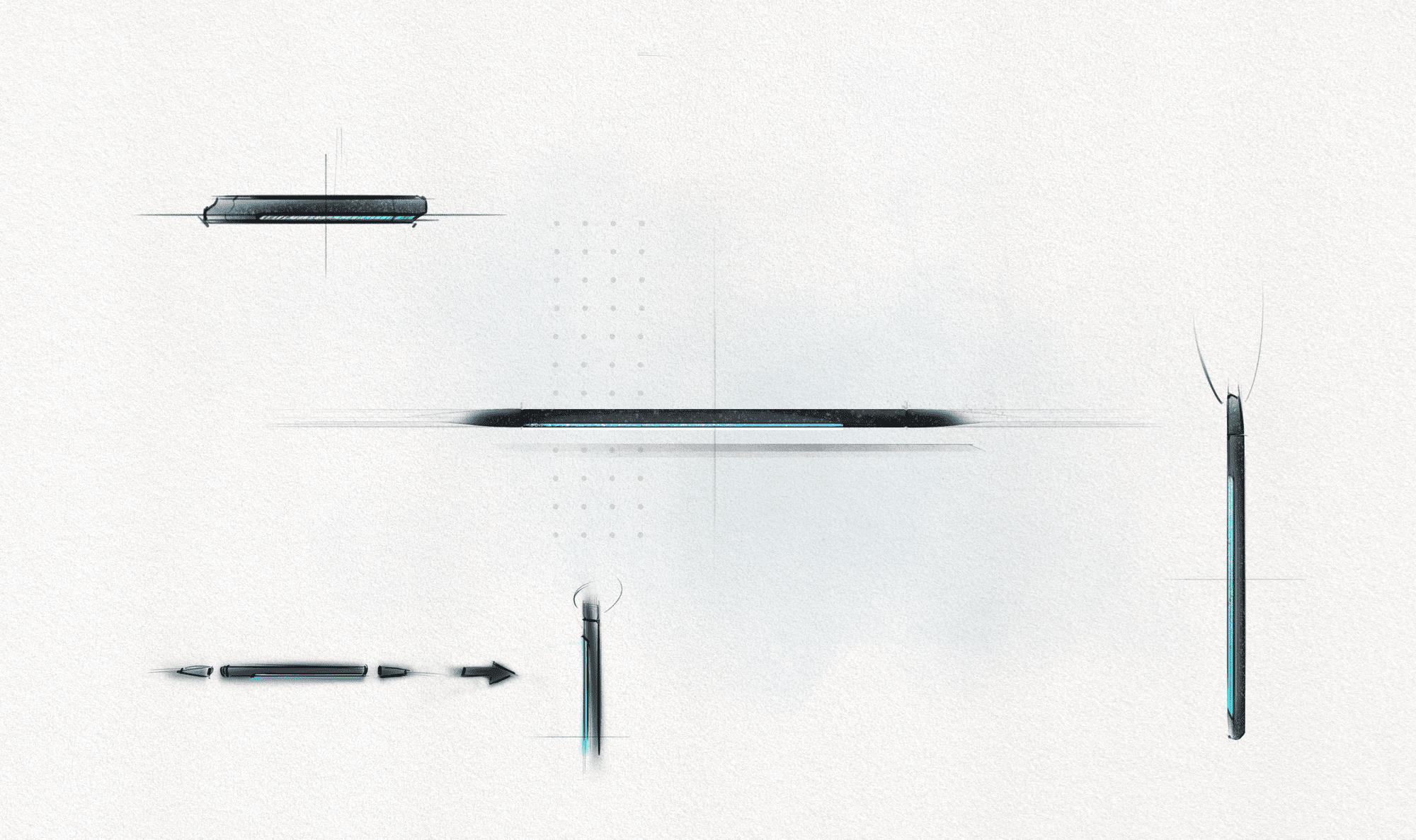
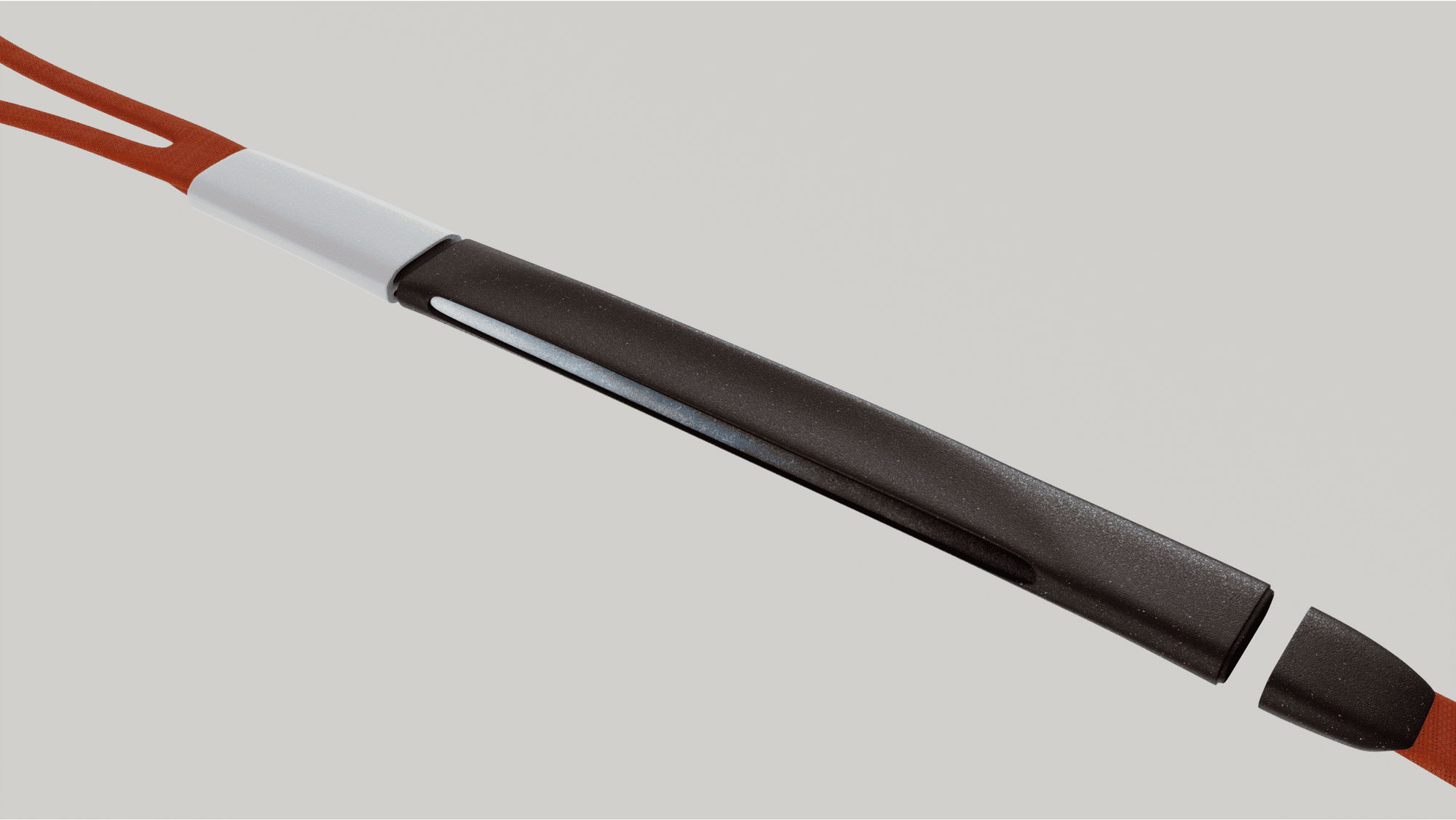
One of the most important aspects for me was to design an analog primary device. There’s something special and irreplaceable about engaging through analog means. It encourages users to employ multiple senses and gives the perception of simplicity. While Kromatophor does have a digital component for tracking progress, the main aspect is the ability to rotate a coloured band.

I was in freshman year when I first played around with the concept for Kromatophor. Initially, I made it as part of a week-long wearable project. No one understood it. It ended up being my lowest grade that school year, but I learned something important. It wasn’t the concept or the execution that tripped people up. It was the story. They didn’t get it because I didn’t tell them. Kromatophor became a side project that I picked up once in a while to revamp. It’s been through several iterations. I think the most notable development is the way the story’s told.
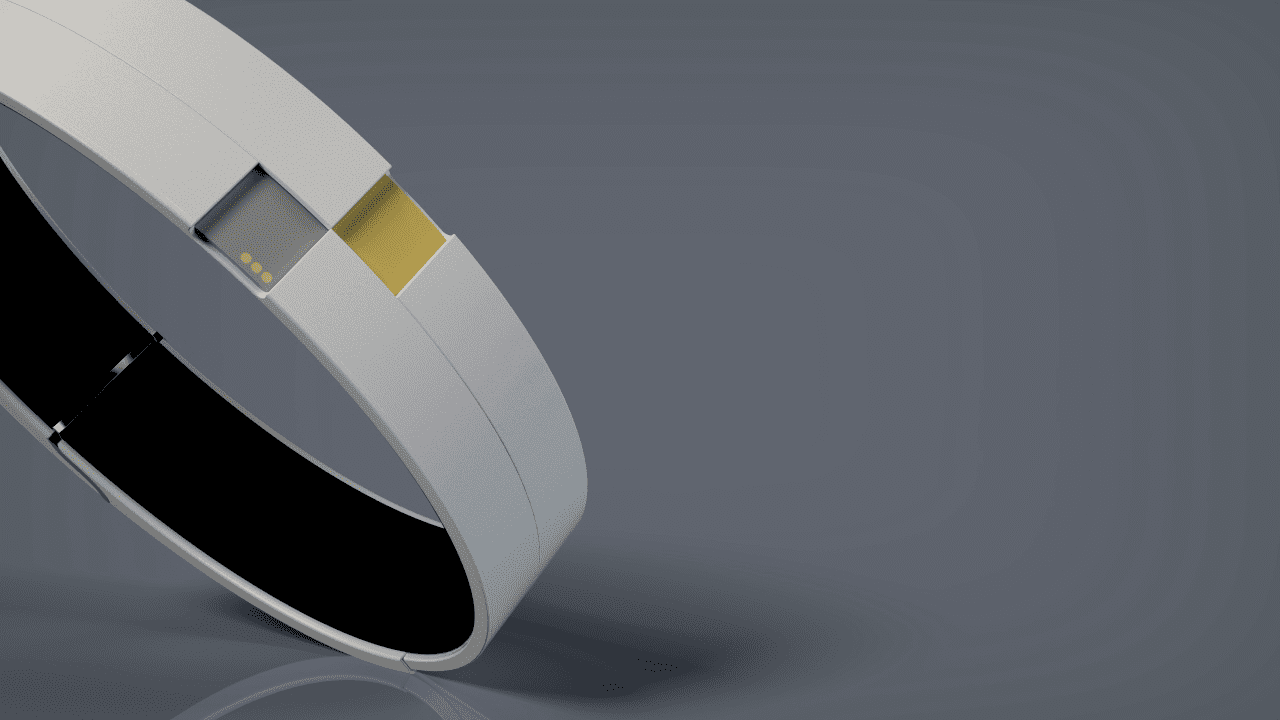

I’m in the process of learning how to pitch concepts, how to draw people in and invite them to experience a reality far beyond their own. It’s tricky, but fun. I like to throw water on the audience, metaphorically speaking of course. Sometimes it’s just a drop. Other times it’s a whole bucketful. I try to find fresh ways to immerse them. Get them invested. Then, I give them some ideas and encourage them to push off from there. Crafting stories takes a lot of time, but it’s worth it.
In terms of tools, I always start with my hands. Whether that’s sketching, making little mockups, or just playing with something material; it gets my brain going and helps me stay focused. After I’ve explored a bit, I transition to digital.
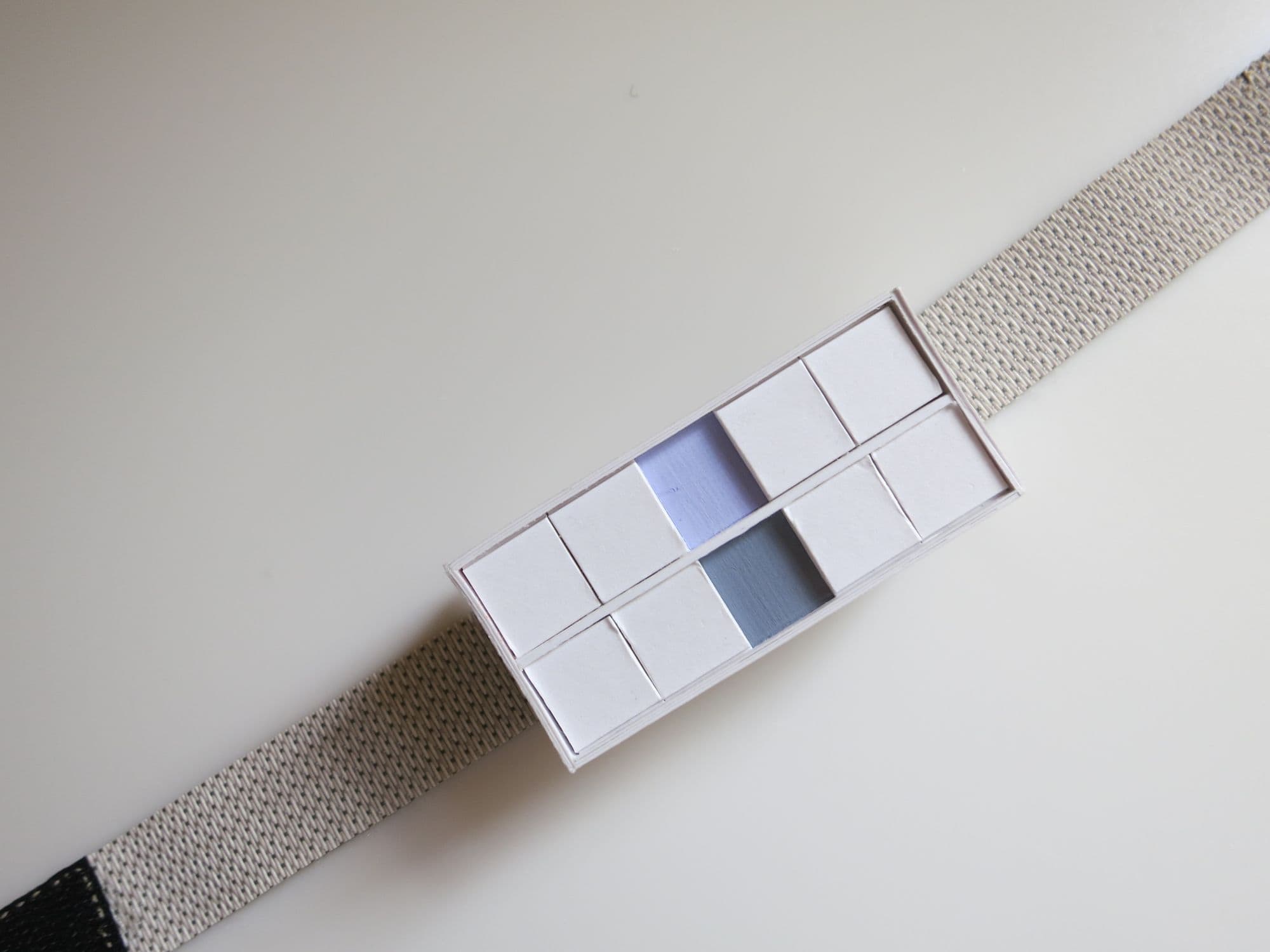
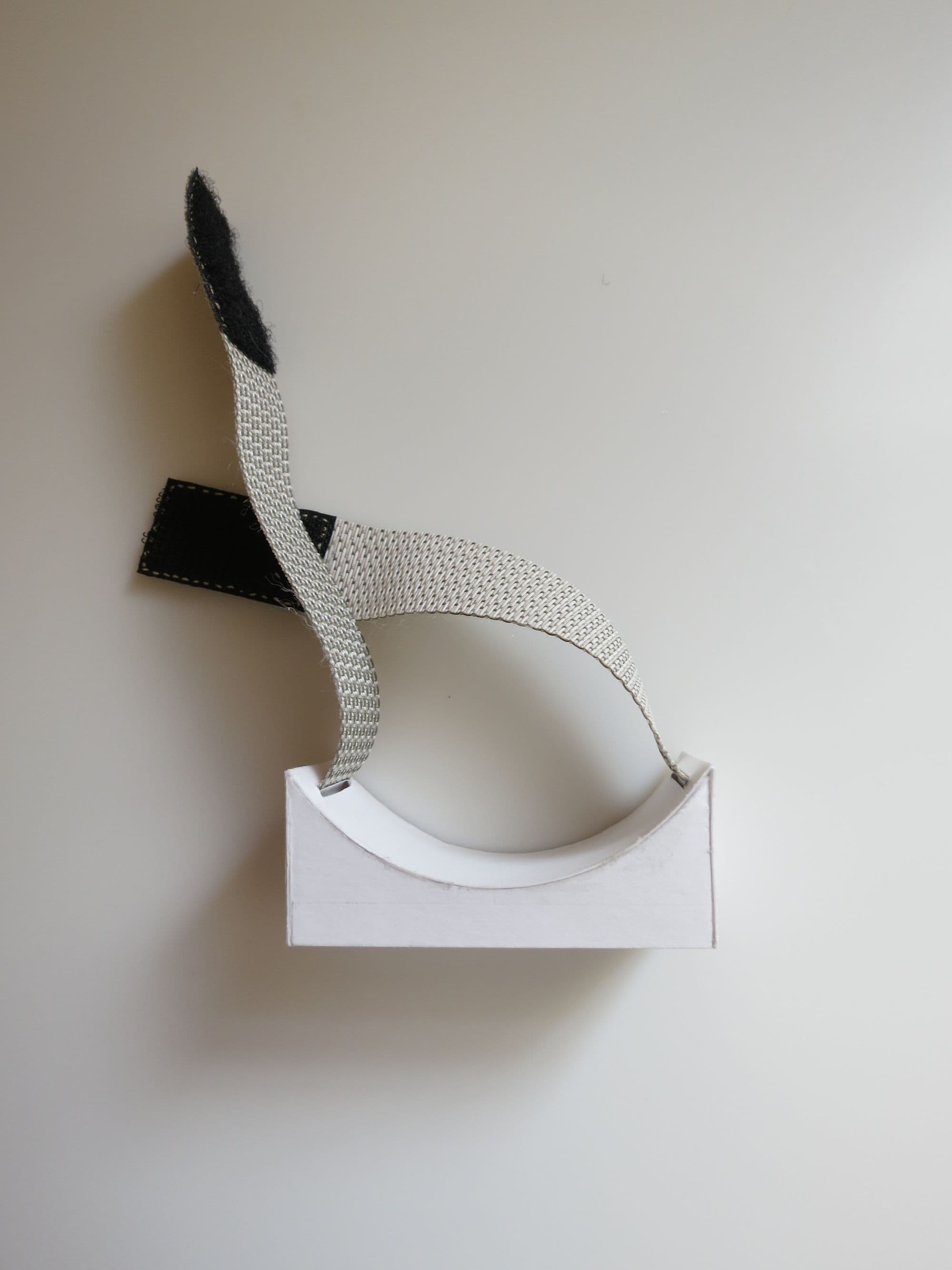
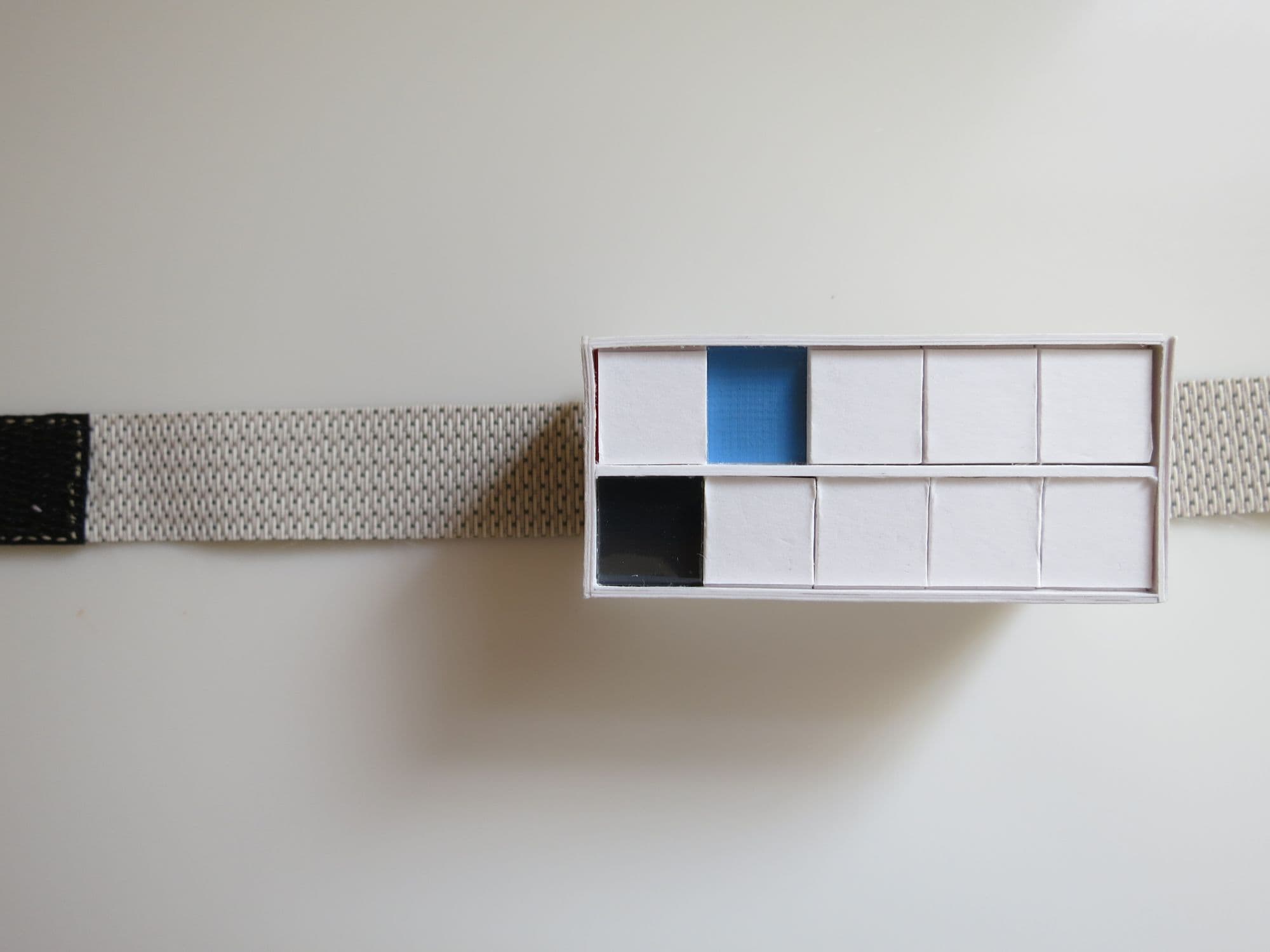
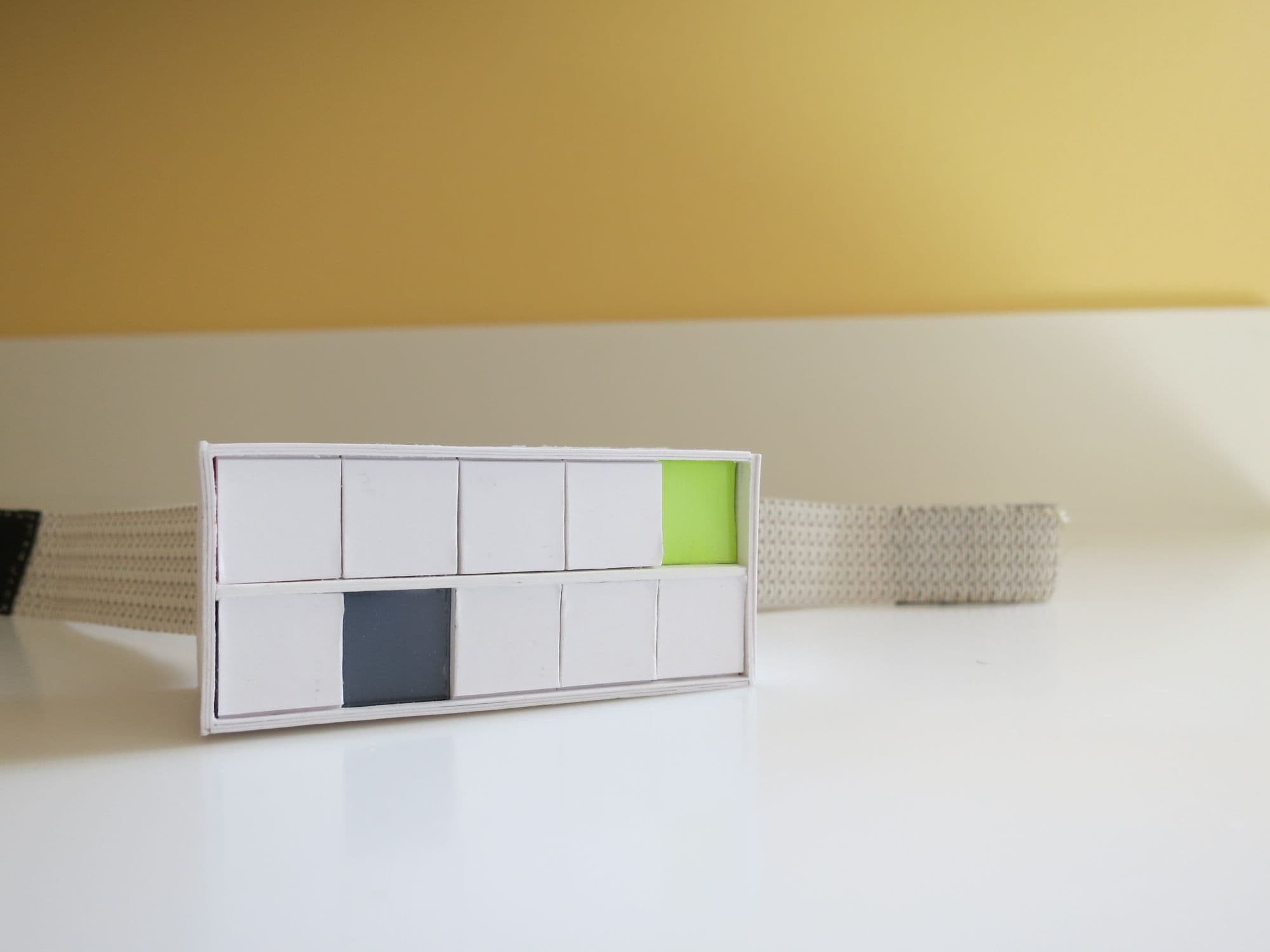
For Kromatophor, I used a mix of Photoshop and Blender for early visualisations. Mesh modelers are very helpful for making quick iterations and intermediate models in 3D. Blender is nice because it's an all in one program with solid rendering capabilities. I would also recommend checking out Gravity Sketch for this stage. If I had more time, I would refine the model in Rhino because it’s more technical.
I used Keyshot and Photoshop for rendering. Keyshot is great for product design, maybe not so much for other areas like transportation. The material graph is probably my favourite part of Keyshot because it allows for material depth within a clean interface.
I use Photoshop in most stages of the design process. It’s massive. I probably will never stop learning its capabilities, but I’ve found the “less is more” adage applies to software too, so I try to keep it simple and focused.
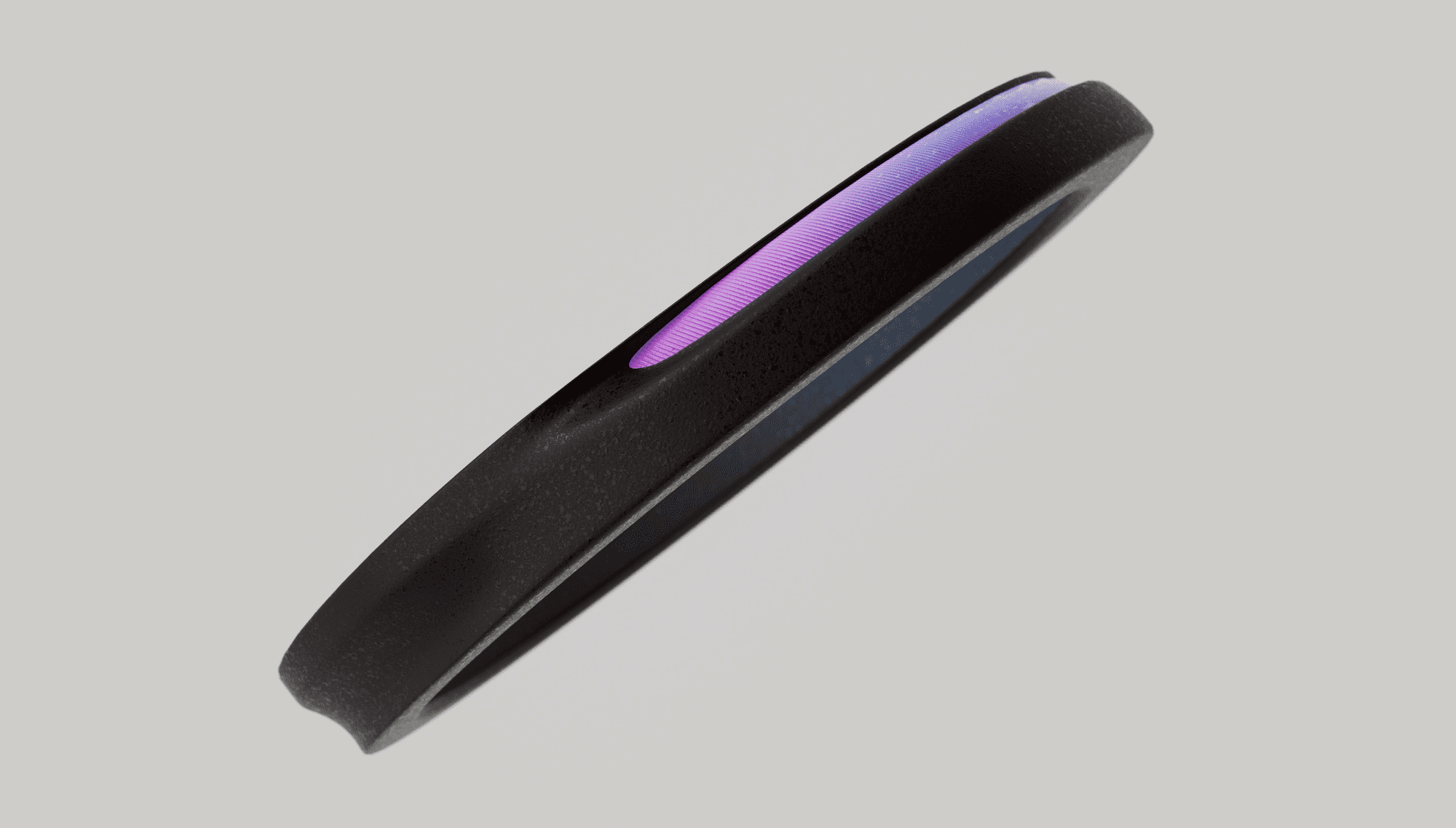
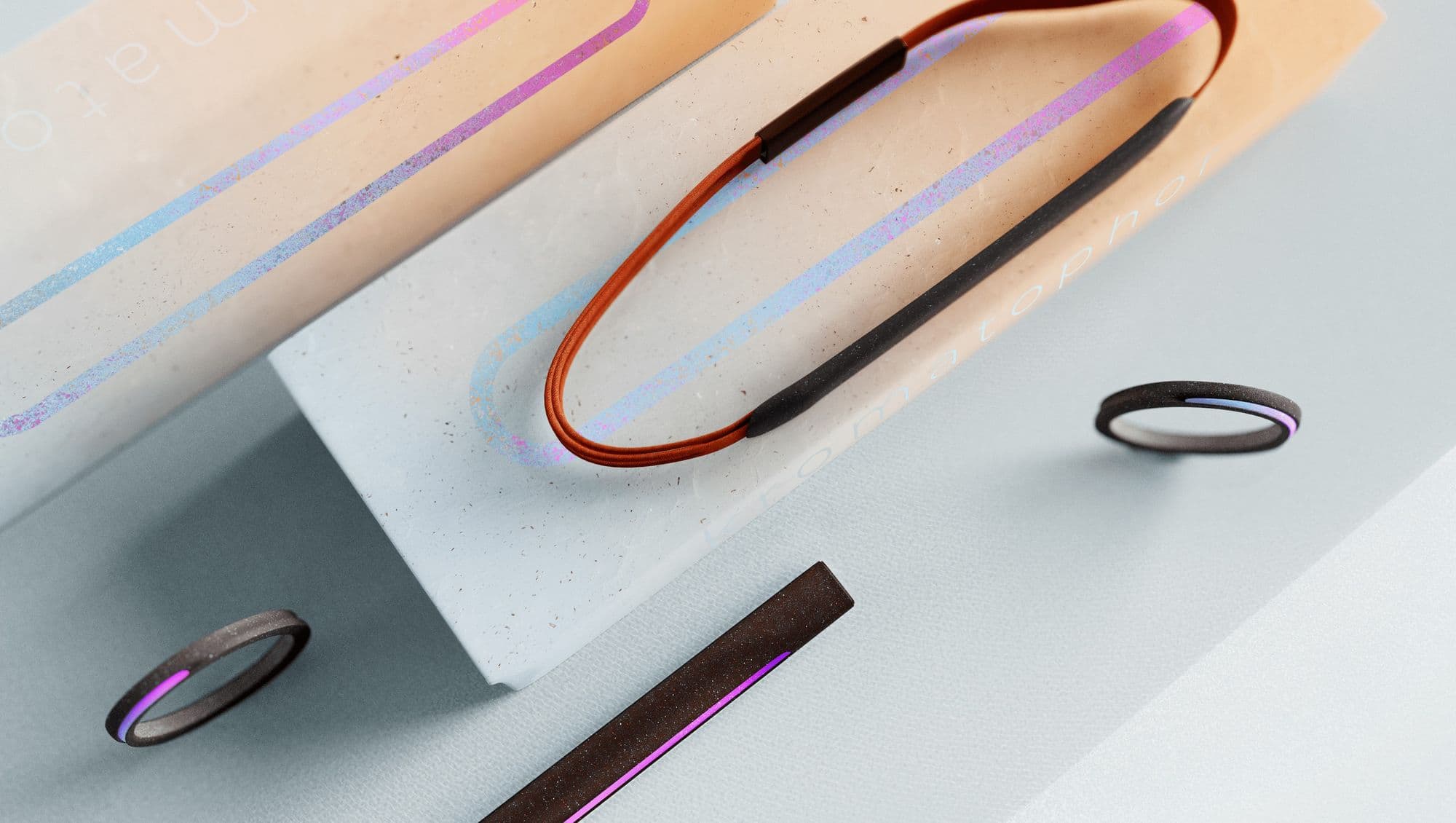
The Rookies have given me opportunities to share about my work which I appreciate. On a personal level, it’s affirming to have my work recognised. I’m a newb so it’s encouraging to know I am doing something that speaks to others.
Whilst studying at SCAD, I was luckily to be involved in SCADpro, a collaborative studio that connects students with industry partners on various sponsored projects. I had the opportunity to join a project with Gulfstream Aerospace and one with Beep, autonomous mobility. Both projects were fun and challenging. I learned about my leadership style and how I naturally operate in a group. SCADpro gave me the resources to develop soft skills and professional practices in a supportive environment. Mostly, I feel blessed to have been a part of two competent and supportive teams. Some of my teammates' work is recognised in the Product Design category so you should go check it out, "wink wink".
Now, as I start my career I am curious to see where I will best fit in the design world. What I am most excited about is getting to create products that may be produced and hopefully have a meaningful impression on others.
If you’ve made it this far, I hope you’ve found something useful here. If not, that’s cool too :) Thanks for spending some time with me. Happy creating!
Still busy with her studies, Anna has already received accolades for her designs. She was a winner in the European Product Design Awards (ePDA) for two products, and was the winner of the Product Design Category of the Rookie Awards this year.
You can find more of Anna's work on her website, and contact her via LinkedIn.
